Who Do Streets Serve When Vehicles Come Earlier than Kids? America Walks
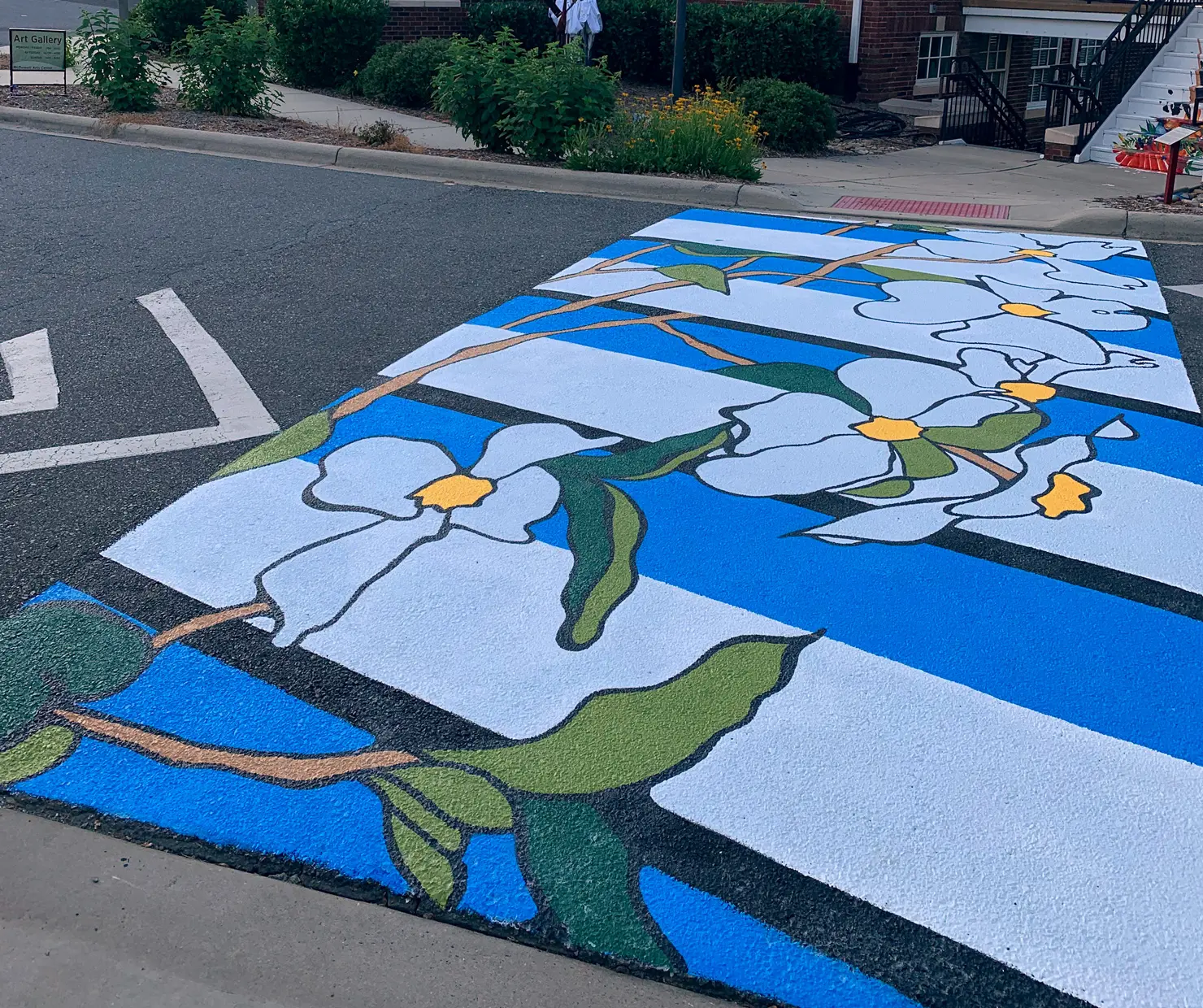
By Ruth Rosas
After we take into consideration walkability, we frequently concentrate on bodily environment – the streets, public areas and facilities that make strolling and rolling protected and accessible. Nonetheless, for individuals who really feel uncovered or unsafe because of intolerance, harassment, or threats of violence, walkability is denied. On this weblog collection (learn our introduction right here) we discover the methods social, cultural, financial, and political components have an effect on the appropriate of all folks to maneuver freely and safely of their communities.
Mobility justice is a framework that examines and seeks to handle historic and ongoing transportation and infrastructure inequities that disproportionately have an effect on marginalized communities. We assist a imaginative and prescient for a world rooted in social justice the place folks really feel protected present on the streets and may construct lives experiencing the complete pleasure of motion and neighborhood no matter their identities. We consider that is important to advertise the well being, well-being, and success of our communities.
Many kids within the U.S. reside in neighborhoods the place strolling or biking to high school is harmful, which can assist clarify why solely about 11% of kids presently stroll to and from faculty. This stark actuality exposes how our present transportation system fails to serve youngsters.
Those that design and construct streets, typically ignore nondrivers like kids and design for vehicles. Our streets are designed to maneuver vehicles rapidly, typically on the expense of everybody else. Kids don’t drive, so their wants are sidelined.
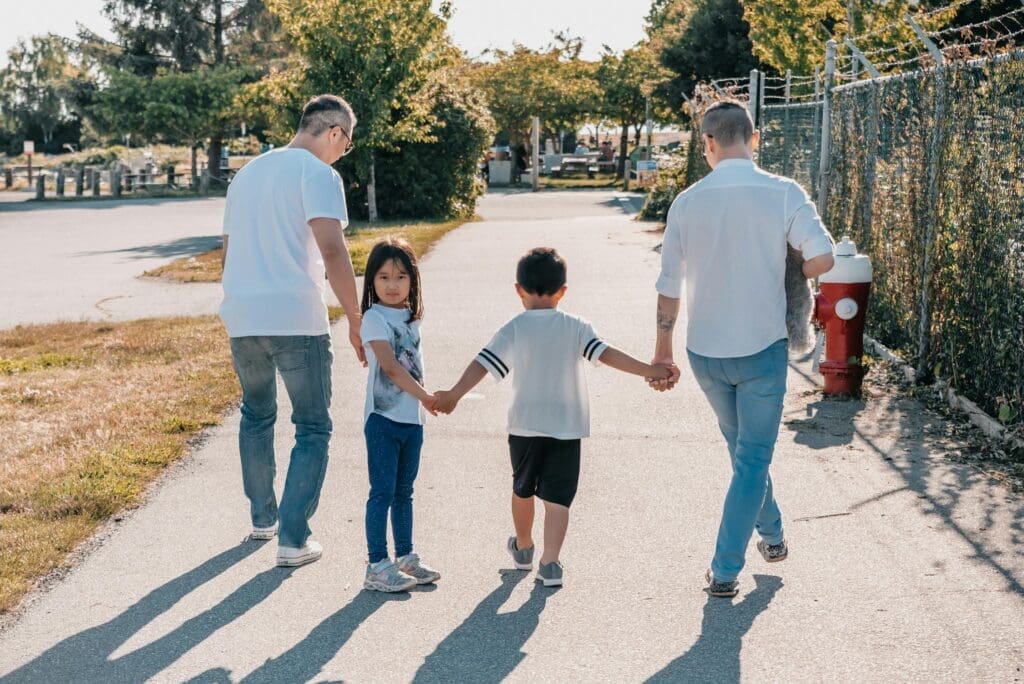
Why Transportation Techniques Go away Children Behind
When was the final time you noticed a road designed with kids in thoughts?
In neighborhoods throughout the nation, streets lack primary options like sidewalks, protected crossings and cheap velocity limits. Many faculty zones additionally lack these options, making them a number of the most harmful locations for kids throughout drop-off and pick-up occasions. Driving close to colleges ought to demand additional warning.
But, many drivers fail to observe a number of the primary security guidelines of a college zone. Automated picture enforcement measures discovered that 78% of drivers velocity at school zones, and 82% of drivers cross faculty buses illegally. The results of poor road design are tragic, as motorized vehicle crashes are the main reason behind dying for kids ages 5–29 globally, in keeping with the World Designing Cities Initiative’s Designing Streets for Children information.
For households with out vehicles, this creates even better challenges, limiting kids’s skill to get to high school and extracurricular actions safely. The problem is worsened by the truth that kids are not often a part of the dialog throughout the transportation planning course of. Their distinctive vulnerabilities, wants and insights are unnoticed fully.
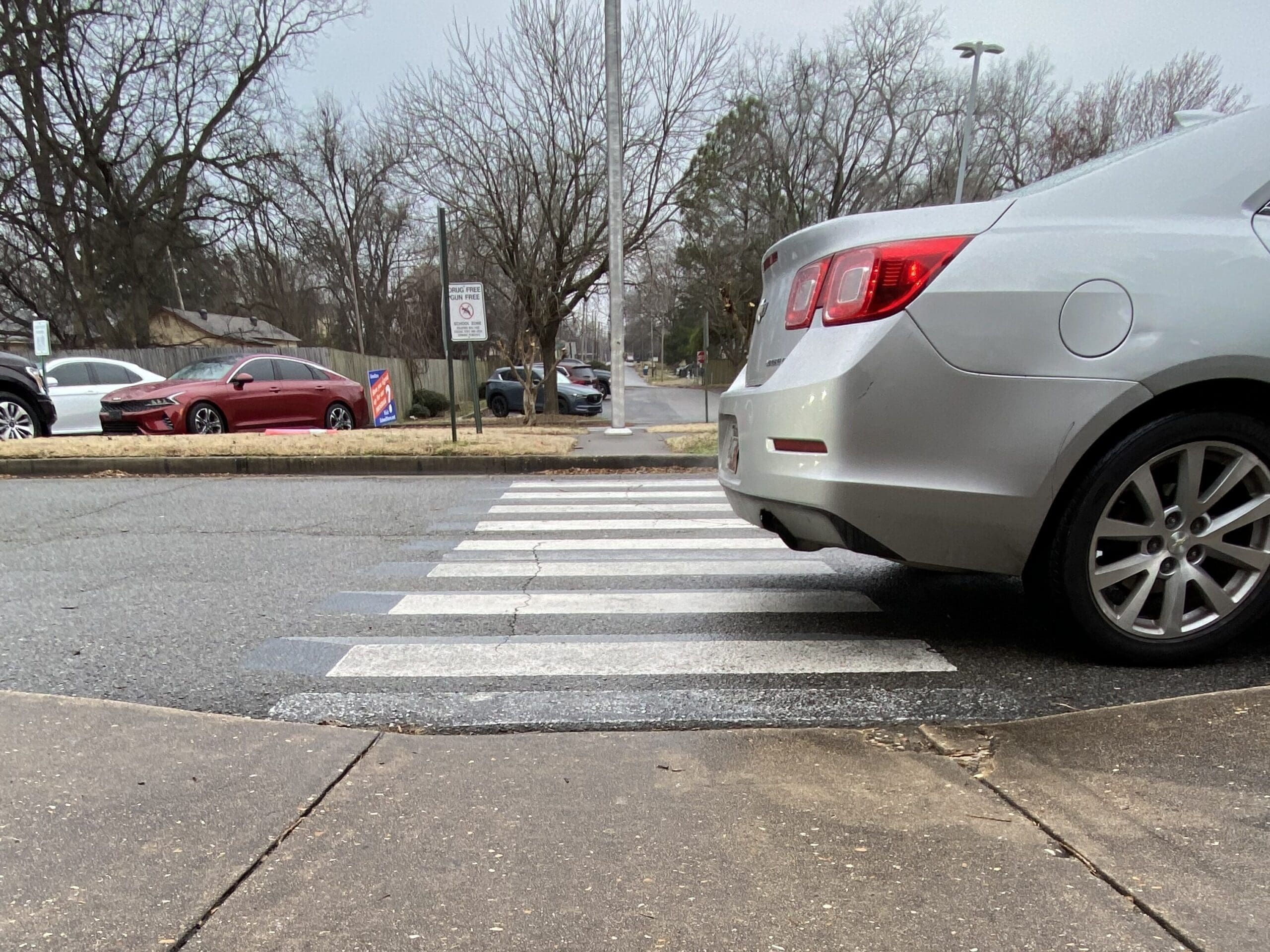
The Ripple Impact of Automobile-Centric Design
Ignoring kids’s wants doesn’t simply make streets unsafe for them, this additionally impacts their independence, well being and entry to training and extracurricular actions. When youngsters can’t safely stroll or bike, they miss out on alternatives to be energetic, discover and play. On the identical time, publicity to automobile emissions additional harms their well being.
Reliance on dad and mom for transportation limits youngsters’ independence and poses important challenges for households with out vehicles or caregivers who can not drive. This restricts entry to training and extracurricular actions, additional deepening inequities, particularly for low-income communities.
Automobile-centered planning not solely brings these penalties for people and households, but it surely additionally accelerates local weather change, undermining their future by contributing to a much less liveable plant.
Redesigning for Children
Kids face vulnerabilities that adults don’t. As they’re studying to navigate streets, they could fail to guage a automobile’s velocity or stopping distance or dart out unexpectedly. Kids are additionally smaller, making it more durable to be seen by highway customers, particularly in giant automobiles. In reality, kids are eight occasions extra more likely to die when struck by an SUV. Including to those dangers, youngsters might now even be distracted by their telephones, lowering consciousness of their environment.
Planners and engineers typically construct for grownup peak journey occasions, resembling typical commute hours. Nonetheless, kids’s schedules are markedly completely different, as faculty occasions don’t all the time overlap with grownup journey occasions. Children additionally have a tendency to go to free or low-cost third locations like libraries, parks and neighborhood facilities that require extra facilities resembling bike racks, backpack storage, moderately than intensive parking heaps. After we solely concentrate on adult-centric locations and schedules, we overlook the distinct wants and journey companions of kids.
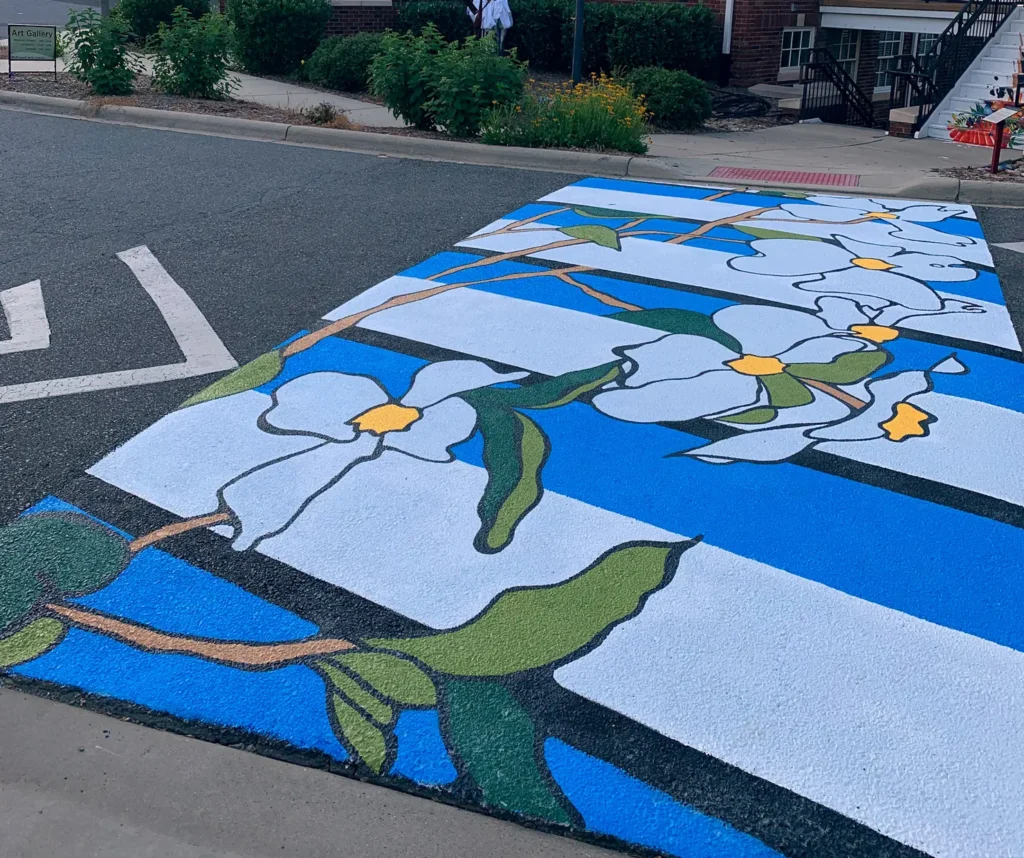
But many drivers, and those that design our roads, are unaware of those risks, typically overlooking the place kids would possibly stroll or play and failing to take the required precautions. This ignorance by drivers and resolution makers in transportation, places kids in hurt’s approach. A approach we will fight that is by means of safer design of our streets, with kids in thoughts.
To construct higher streets, engineers and planners want to think about what youngsters expertise and their wants. Their insights can result in sensible, inclusive options. Kids discover particulars adults would possibly miss, like lack of locations to play, or inclusive ‘third areas’ of their neighborhoods. Addressing these points advantages not solely kids, however brings important locations for adults as properly.
Infrastructure enhancements for teenagers, resembling wider sidewalks, slower visitors speeds, and guarded bike lanes additionally serve different weak folks in our communities, resembling seniors and other people with disabilities. We will additionally mitigate dangerous results of car-centered planning, like having a more healthy atmosphere and lowering well being dangers.
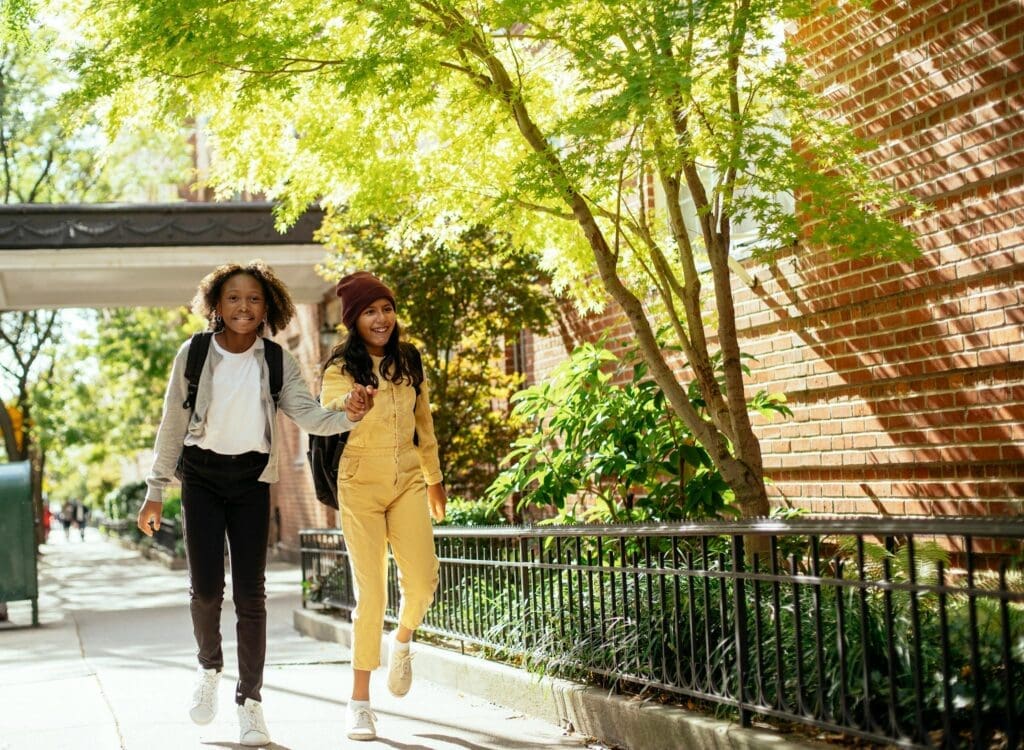
The Future We Are Constructing
Mobility justice is a imaginative and prescient for a world rooted in social justice the place folks really feel protected present on the streets and may construct lives experiencing the complete pleasure of motion no matter their race, faith, background, or bodily skill. This imaginative and prescient ought to prioritize kids as they’re among the many most weak and underserved.
If planners, visitors engineers and elected officers proceed to prioritize vehicles above all else, they’ll neglect the very communities they’re meant to serve. By overlooking the on a regular basis realities of younger pedestrians, these resolution makers compromise vibrant, walkable communities the place kids can be taught to navigate their world and the place households can thrive. Until we decide to safer, child-centered design, our streets will proceed to hazard our kids. And if the streets we construct don’t shield and prioritize kids’s well-being, what sort of communities are we actually creating?